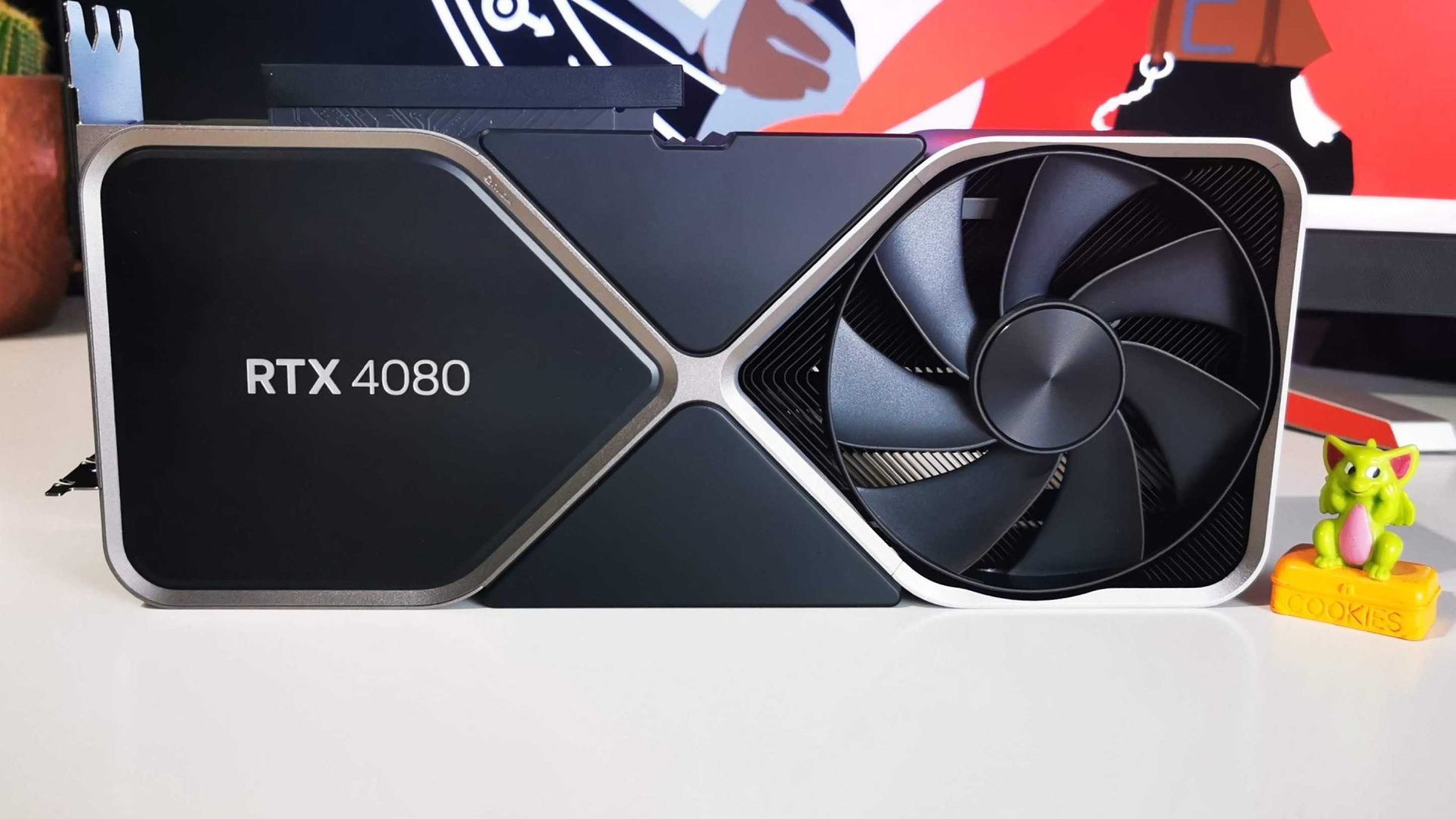
I’m not really in the habit of telling people not to buy graphics cards, as I firmly believe there’s a GPU for everyone out there. But, with new-gen GPUs poised to be released by 2025, and prices on current-gen models refusing to budge to a price I’m satisfied with, recommending a specific card right now is a struggle.
It feels like the best graphics card options have been allergic to discounts for a while. Perhaps that’s a symptom of the long stint of inflated prices we had to deal with a few years ago, which made grabbing a GPU at MSRP near impossible. We’re absolutely in a better place since that fiasco, especially with the crypto mining craze done and dusted, but I can’t help but feel card makers could do more when it comes to deals.
Just to clarify, I’m not saying graphics card deals are non-existent, and I’ve managed to spot a few decent discounts this year alone. However, I still don’t feel like enough price cuts are happening as we approach the end of the current generation. Traditionally, GPUs tend to get a bit more affordable when newbies are on the cards, but despite constant rumors relating to the Nvidia GeForce RTX 5090 and its kin, I’ve yet to see any savings that feel appropriate.
MSRP Problems
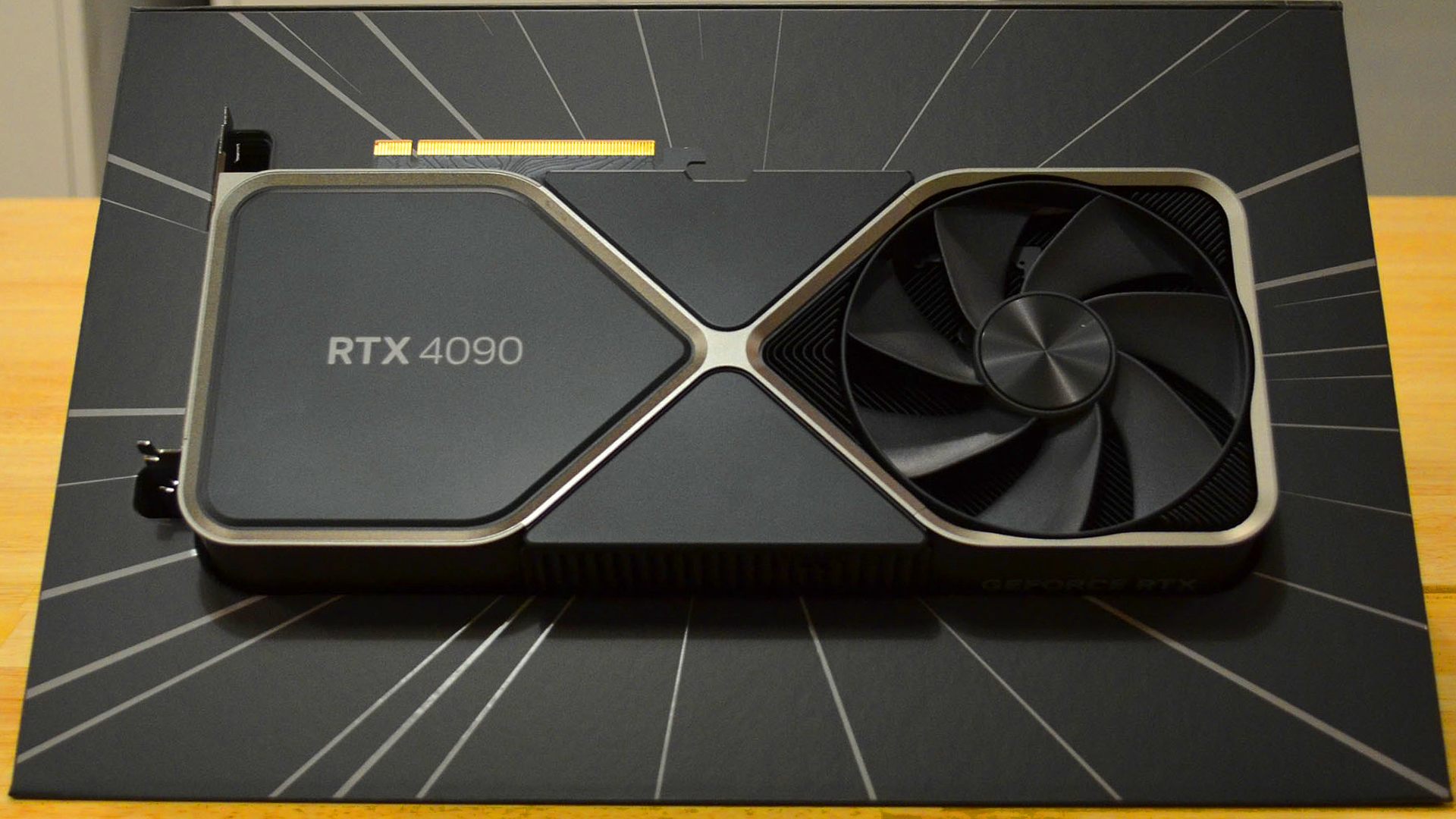
Out of all the current-gen graphics cards out there, the RTX 4090 exemplifies the whole issues with GPU deals right now. If you head to Amazon, you’ll see plenty of price cuts on the enthusiast-grade card, but not a single offer brings it down below Nvidia’s MSRP. The retailer admittedly only has “custom” models by vendors that boast extra features for an elevated price tag, but a slight factor overclock didn’t use to mean a price tag a few hundred dollars higher.
For context, the cheapest RTX 4090 I can see right now at Amazon is $1,701.80 for a PNY Verto model. It’s technically down from $1,849.99, but considering the card’s MSRP is $1,599, it’s hardly what I’d call a real saving.
On the AMD side of things, discounts seem to be a little more common, and the red team’s flagship RX 7900 XTX did manage to drop to a remarkable $799 just last month. That’s absolutely the sort of deal I want to see on these top-tier GPUs at this stage, and I genuinely don’t feel like it’s a big ask two years into a generation. Yet, plenty of vendors are still asking for over $1,000 for this same GPU, which makes it feel like only some AIB partners like XFX care about facilitating offers.
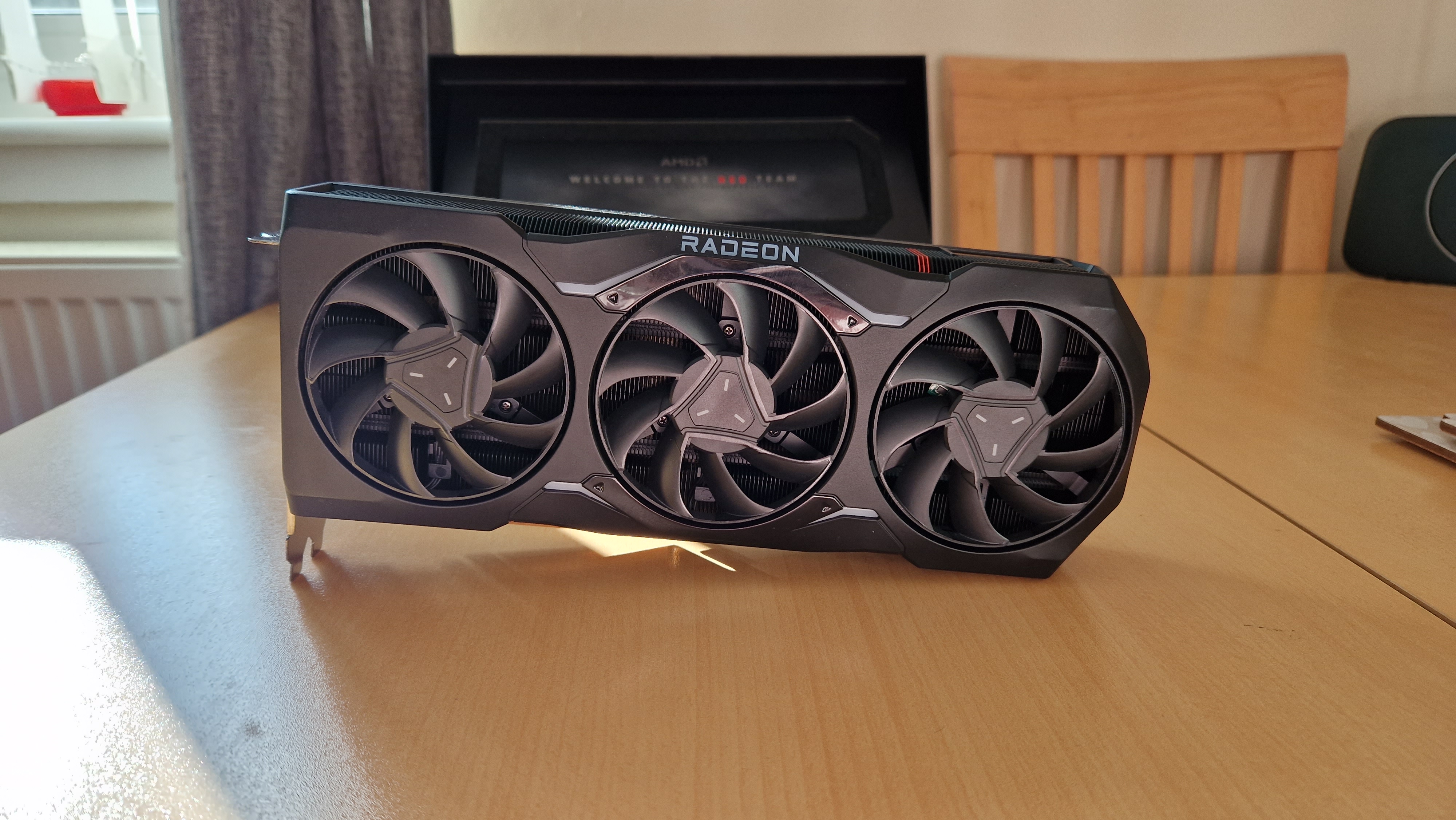
Yes, I hear you – deals on premium GPUs don’t matter if you’ve got a smaller budget. For what it’s worth, you are more likely to find discounts on entry-level and mid-range graphics cards than anything near the top end. Are they good deals? Well, occasionally, but we’re still seeing prices hovering around MSRP in the guise of some sort of price cut.
Let’s use the GeForce RTX 4060 as an example, as the GPU is one of the more affordable current-gen models at $299. At least, it would be that price if any manufacturers had standard variants, but we’re instead seeing versions with triple cooling fans for $304.99 (down from $339). I’ve spent enough time with a dual fan 4060 to know that most players aren’t going to need the extra cooling, so I’m not sure why cardmakers aren’t at least making basic models available at MSRP. It honestly wouldn’t take much to impress me. Knock $20 off the RTX 4060’s MSRP and I’ll be all over it.
How long should you wait?
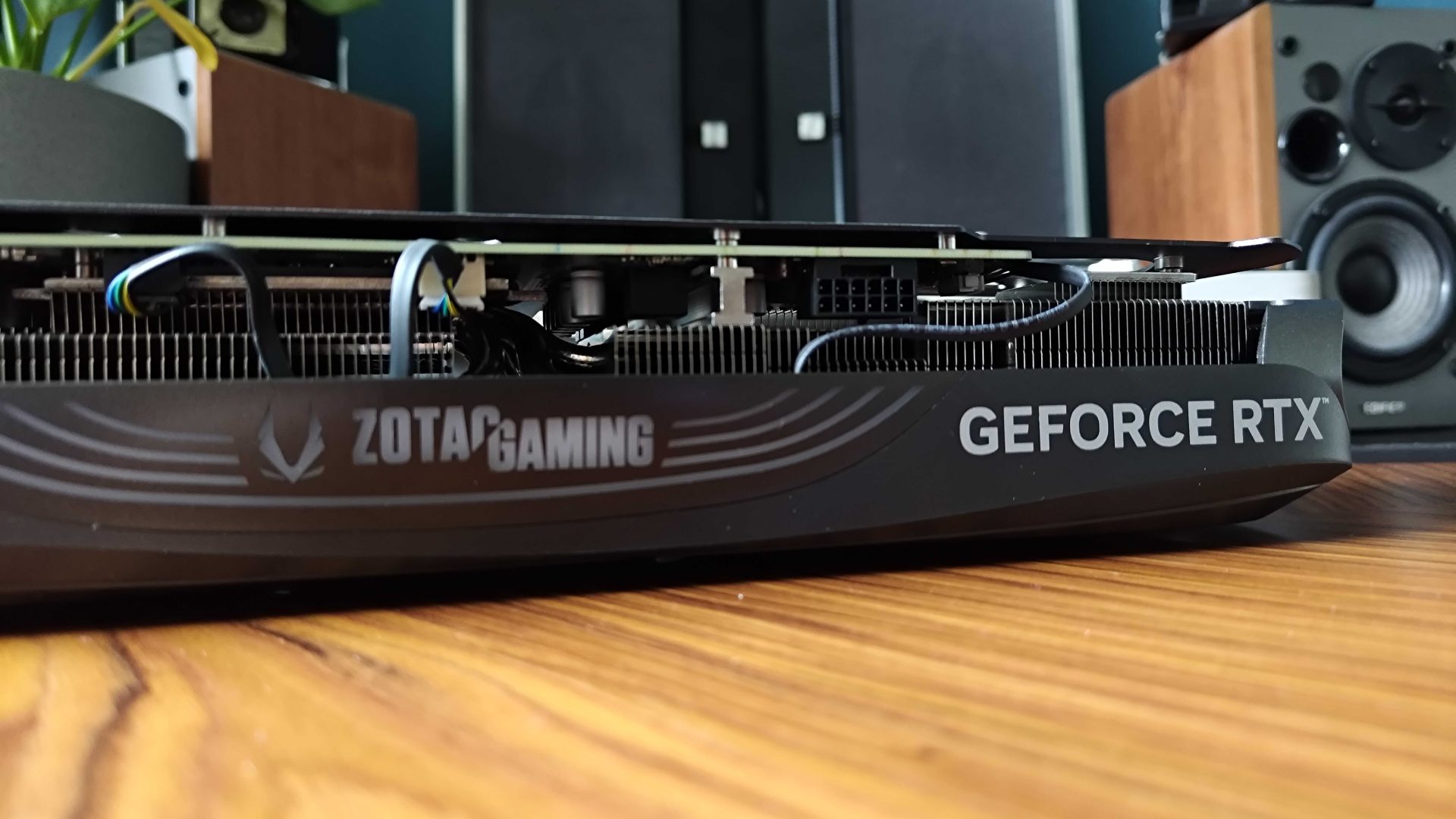
I don’t want to pretend to be some sort of GPU deal Nostradamus, nor do I think the graphics card market is that predictable in 2024. That said, there are a few basics I’d stick to when planning to pick up a new card. The obvious one is to wait for sales like Prime Day and Black Friday, as brands normally wait till these events to reveal substantial discounts. Do random savings happen throughout the year? Absolutely, but if that RX 7900 XTX deal mentioned above is anything to go by, stock is usually slim and returns to full price fairly quickly.
The second, which might also be obvious, is to wait until next-gen GPUs rear their head. I’m laughing at that piece of advice, as it didn’t really work out with the RTX 30-series since all the prices remained just as high, but I believe it’s a slightly different situation this time. Before RTX 4000 models were released, prices were all well beyond MSRP, and it took new versions to arrive to get things even remotely near their original asking price. Simply put, current cards have much less of a fall to make, meaning companies are theoretically losing less by cutting prices.
Of course, all of this depends on the MSRP of new cards. If the RTX 5090 rolls up with a much higher price tag than its 4090 predecessor, manufacturers may be less compelled to cut prices. After all, the Lovelace card will look like a bargain without even trying if the new flagship costs a chunk more, which means nothing will really happen to prices come the new generation.
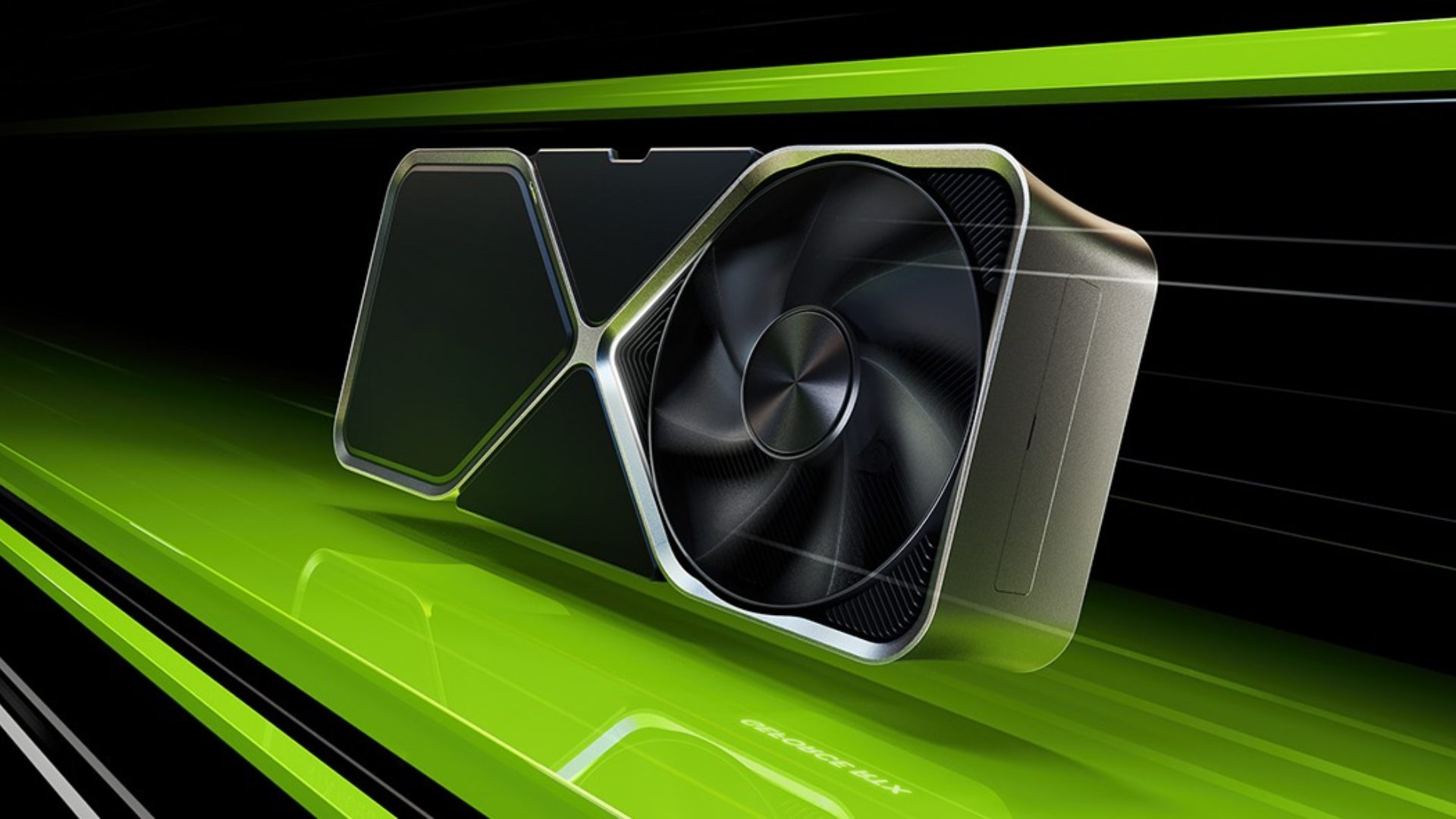
The above all sounds pretty morbid from a GPU deal standpoint, and I’m aware that things can change quickly. From where I’m standing, the whole thing feels like a “wait and see” scenario, especially when it comes to flagship 4K GPUs. I’ll naturally be checking regularly for any real discounts and sharing them with you, but if you’ve got a card that can run the latest games right now without too many caveats, I’d put the brakes on any potential upgrades.
On the flipside, if you’re building a gaming PC right now and want to ride out 2024 with a decent build, I’d personally stick with the entry-level to mid-range cards for now. You can plan the rest of your rig to suit higher specs with DDR5 RAM and a powerful CPU, but using something like an RTX 4070 will keep you from spending over $1,000 and mean you can upgrade to something more premium when prices become acceptable.
If you go with that latter approach and end up with a RTX 4090 rig for substantially less come 2025, come back and let me know!
Need more parts? Check out the best gaming CPU and best gaming RAM for powerhouse components. Alternatively, swing by the Alienware gaming PC for something that's hot to go.







